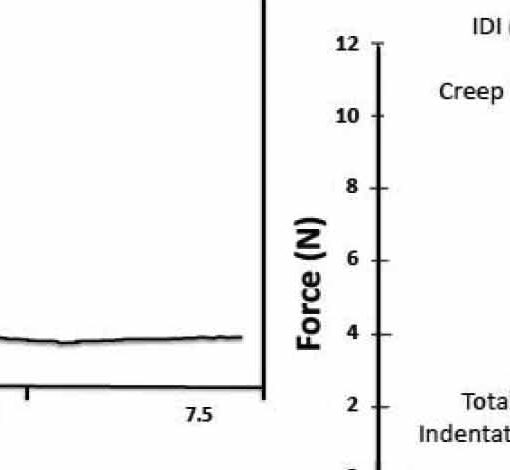Abstract
Background and purpose — Bone fragility is determined by bone mass, bone architecture, and the material properties of bone. Microindentation has been introduced as a measurement method that reflects bone material properties. The pathogenesis of underlying stress fractures, in particular the role of impaired bone material properties, is still poorly understood. Based on the hypothesis that impaired bone material strength might play a role in the development of stress fractures, we used microindentation in patients with stress fractures and in controls.
Patients and methods — We measured bone material strength index (BMSi) by microindentation in 30 women with previous stress fractures and in 30 normal controls. Bone mineral density by DXA and levels of the bone markers C-terminal cross-linking telopeptide of type-1 collagen (CTX) and N-terminal propeptide of type-1 procollagen (P1NP) were also determined.
Results — Mean BMSi in stress fracture patients was significantly lower than in the controls (SD 72 (8.7) vs. 77 (7.2); p = 0.02). The fracture subjects also had a significantly lower mean bone mineral density (BMD) than the controls (0.9 (0.02) vs. 1.0 (0.06); p = 0.03). Bone turnover—as reflected in serum levels of the bone marker CTX—was similar in both groups, while P1NP levels were significantly higher in the women with stress fractures (55 μg/L vs. 42 μg/L; p = 0.03). There was no correlation between BMSi and BMD or bone turnover.
Interpretation — BMSi was inferior in patients with previous stress fracture, but was unrelated to BMD and bone turnover. The lower values of BMSi in patients with previous stress fracture combined with a lower BMD may contribute to the increased propensity to develop stress fractures in these patients.
https://www.ncbi.nlm.nih.gov/pmc/articles/PMC5119447/




